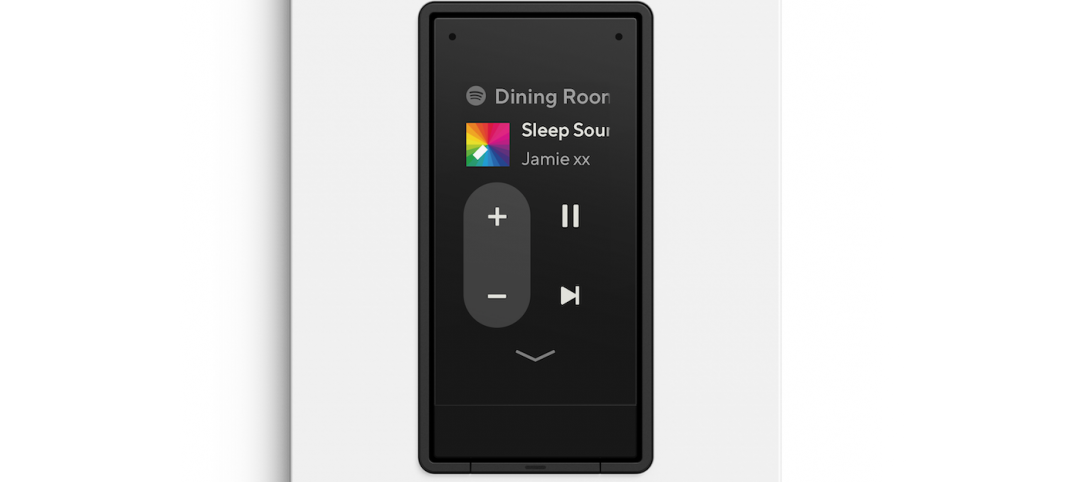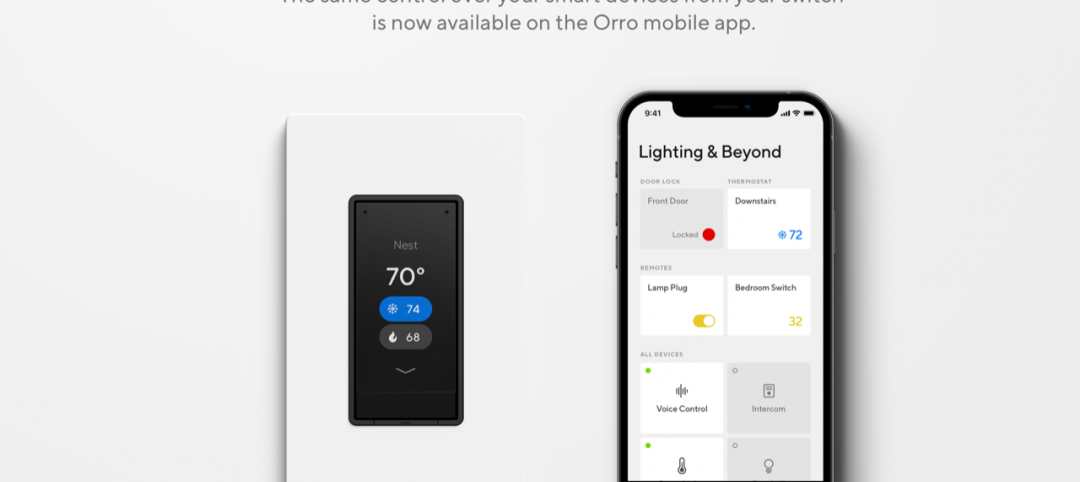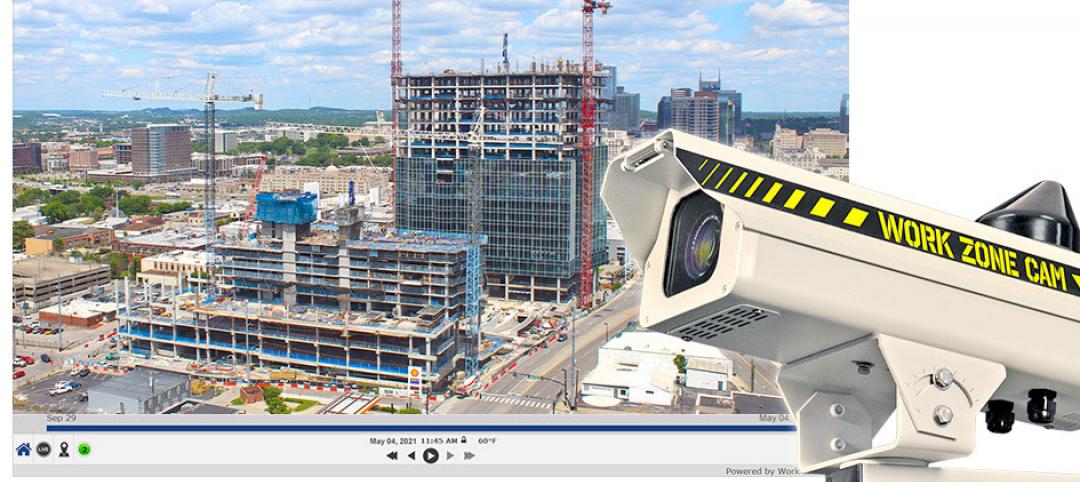Last year, in a tech report on artificial intelligence (AI), BD+C reported that Arup had applied a “neural network” to a light rail design and reduced the number of utility clashes by over 90%, saving nearly 800 hours of engineering.
The same report described an algorithm developed by workspace-sharing giant WeWork that is 40% more accurate than humans at predicting meeting room usage. The article proposed that machine learning is “still a theoretical proposition” for most of the AEC industry, even though the practical results of these examples suggest that AI has bridged the gap from theory to practice.
In fact, the consensus in our industry seems to be that AI’s limitations will always hold it back. In 2015, WeWork’s then Director of Research, Daniel Davis, declared that “it is—for now—impossible to get computers to think creatively, manage multidisciplinary teams, and do many of the other day-to-day tasks.” Citing University of Oxford research estimating that there’s a less than 2% chance that architects’ jobs will be automated, Davis concludes that architecture cannot be automated at all. (The statistics stickler in me wants to point out that 2% is not zero.)
As long ago as 2012, Wired’s Kevin Kelly insisted otherwise, predicting that automation in every industry was “just a matter of time.” “It doesn’t matter if you are a doctor, lawyer, architect, reporter, or even programmer. The robot takeover will be epic,” wrote Kelly.
ALSO SEE: 4 fundamental relationships between buildings and machines
And despite Davis’ claim that computers cannot “think creatively,” others forecast the opposite—that computers in fact will be responsible for the “coming creativity explosion.”
The underlying question here is simply this: Are machines capable of design? To answer that, we’d have to clarify the meaning of design, a surprisingly elusive term. One dictionary defines it as “an arrangement of lines or shapes created to form a pattern or decoration.”
Computer programs have been capable of automating this process since the early ’60s. Later that decade, in The Sciences of the Artificial (1969), Nobel economist Herbert Simon famously defined design as “devising courses of action aimed at changing existing situations into preferred ones.”
The examples from Arup and WeWork certainly demonstrate how to create “preferred situations.” Today, whole businesses are being founded around AI-driven design. Using a proprietary algorithm, California-based Cover can develop custom house plans within a few hours.
Nevertheless, many are skeptical. “I am convinced,” says innovation expert Nick Seneca Jankel, “that no computer, no matter how powerful, will ever be able to purposefully innovate an artistic breakthrough like hip hop, or a commercial one like Instagram. Breakthrough creativity is fundamentally organic, not algorithmic.”
Yet, this point of view suggests that computer processes will always be defined as they are now and will remain incapable of becoming “organic, not algorithmic.” Google’s Ray Kurzweil is certain that machines will achieve human-level intelligence in a decade and significantly outpace us thereafter. How can we possibly envision the capability of computers once they have exponentially exceeded our awareness?
So, instead of debating about whether machines can design, why don’t we ask, What if they could? How might architecture change if computers take over the process entirely?
Already, machine-driven procedures can dramatically improve the efficiency of design, construction, and operations—for example, by increasing energy performance and decreasing fabrication time and costs. Yet, often architects get in the way of these improvements because we insert our personal aesthetic preferences.
How much smarter could buildings get if we let them design themselves for optimal performance? A growing wealth of research is revealing how people respond to light, space, form, pattern, texture, and color, and much of this information could be automated during design. “Beauty is merely a function of mathematical distances or ratios,” explains computer scientist Daniel Cohen-Or, who invented a “beauty engine” that subtly improves photos—with an 80% success rate, according to polling.
So, if architects were to step out of the way and allow architecture to evolve beyond our imaginings, what kind of world might emerge? Louis Kahn famously asked, “What does the building want to be?” If Kurzweil is correct, and buildings achieve self-awareness soon, they could become what they want to be without asking us. Self-actualized architecture.
For now, the likelihood of architects letting go of their traditional services seems low. A BD+C reader survey in January revealed that 81% of designers believe that computers will never match human intelligence, and only half said that job losses would be justified if AI could create better buildings. This begs a big question: What do we value more—architects or architecture?
Lance Hosey, FAIA, LEED Fellow, is a Design Director with Gensler. His book, The Shape of Green: Aesthetics, Ecology, and Design, has been an Amazon #1 bestseller in the Sustainability & Green Design category.
Related Stories
AEC Tech | Jun 30, 2021
Orro Launches New Integration with Sonos, Providing Seamless In-Wall Control for Sonos Speakers
With the new integration, customers can use the dynamic display on Orro’s smart light switches to control their favorite audio content on their Sonos speakers.
AEC Tech | Jun 9, 2021
Orro Announces Unified Smart Home App
Orro app now provides control of other smart home devices from leading professional and consumer device manufacturers.
AEC Tech | Jun 8, 2021
FARO Expands Digital Twin Product Suite - Acquires HoloBuilder Inc.
FARO Technologies, a global leader of 3D measurement, imaging, and realization solutions for the 3D Metrology, AEC (Architecture, Engineering & Construction), and Public Safety Analytics markets, today announced the acquisition of HoloBuilder, Inc.
AEC Tech | May 27, 2021
New Work Zone Cam Pro Delivers 33% More Detail for Time-Lapse
Work Zone Cam, a leading provider of professional jobsite construction camera services, premiered its latest camera, which increases image resolution from 18 to 24 megapixels. The additional image detail helps track construction progress more accurately and results in higher resolution time-lapses for construction documentation.
Digital Twin | May 24, 2021
Digital twin’s value propositions for the built environment, explained
Ernst & Young’s white paper makes its cases for the technology’s myriad benefits.
AEC Tech | Apr 15, 2021
3 startups making their mark in 2021
Meet a trio of AEC tech firms that are making advances in the COVID-19 era.
Adaptive Reuse | Apr 15, 2021
The Weekly Show, Apr 15, 2021: The ins and outs of adaptive reuse, and sensors for real-time construction monitoring
This week on The Weekly show, BD+C editors speak with AEC industry leaders from PBDW Architects and Wohlsen Construction about what makes adaptive reuse projects successful, and sensors for real-time monitoring of concrete construction.
AEC Tech | Apr 8, 2021
The Weekly Show, April 8, 2021: SPOT the autonomous robot, and Woods Bagot's in-house 'futurist'
This week on The Weekly show, BD+C editors speak with AEC industry leaders from Procon Consulting, Virginia Tech, and Woods Bagot about SPOT, the autonomous robot for construction progress monitoring applications, and how Woods Bagot's new "futurist" is promoting innovation at the international design firm.
Coronavirus | Mar 11, 2021
The Weekly show, March 11, 2021: 5 building products for COVID-related conditions, and AI for MEP design
This week on The Weekly show, BD+C editors speak with AEC industry leaders about building products and systems that support COVID-related conditions, and an AI tool that automates the design of MEP systems.
AEC Tech | Mar 4, 2021
The Weekly show, March 4, 2021: Bringing AI to the masses, and Central Station Memphis hotel
This week on The Weekly show, BD+C editors speak with AEC industry leaders about the award-winning Central Station Memphis hotel reconstruction project, and how Autodesk aims to bring generative design and AI tools to the AEC masses.

















